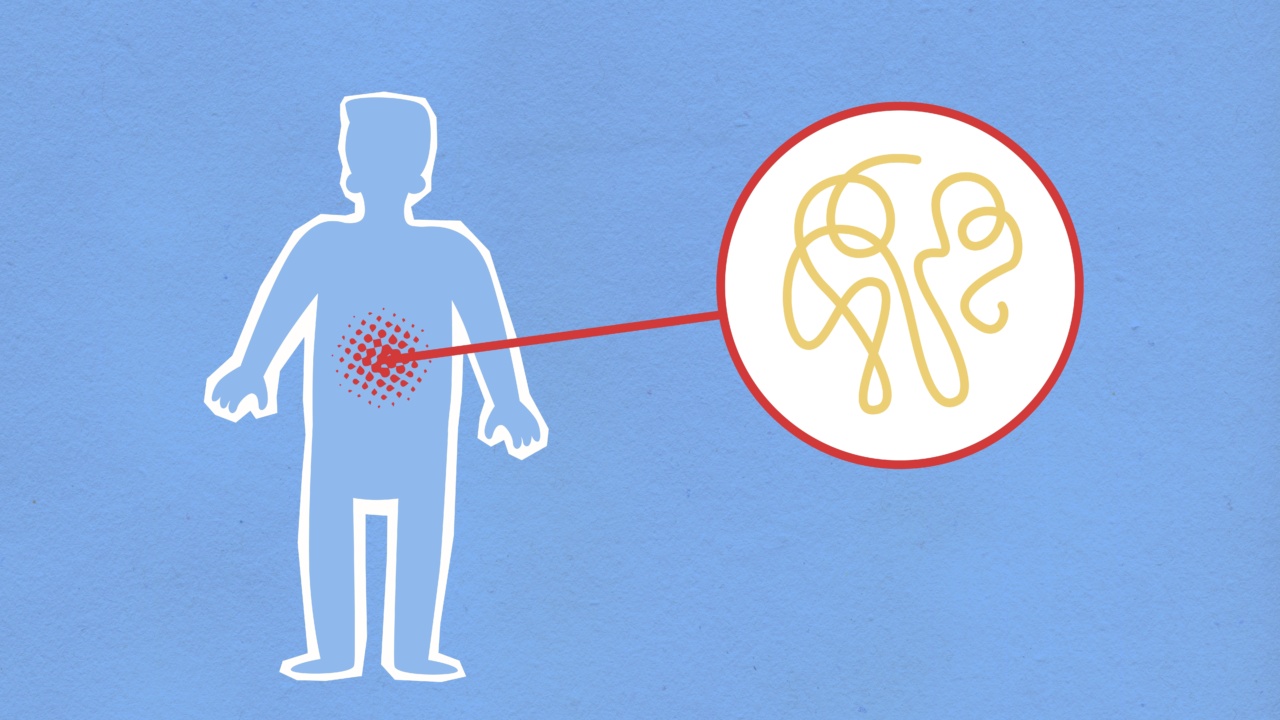Stomach pain is a common ailment that can be caused by various factors. It can range from mild discomfort to severe agony, and can be a result of numerous underlying conditions.
Recognizing the cause of your stomach pain is crucial in order to receive appropriate treatment and relief. In this article, we will explore the different causes of stomach pain and provide images for better understanding.
1. Indigestion
Indigestion, also known as dyspepsia, is a common cause of stomach pain. It is characterized by discomfort or a burning sensation in the upper abdomen.
Indigestion can be caused by overeating, eating too quickly, consuming fatty or spicy foods, or having an underlying condition such as gastroesophageal reflux disease (GERD) or peptic ulcers.

2. Gastritis
Gastritis is the inflammation of the stomach lining and can cause stomach pain.
It can be acute, resulting from an infection or certain medications, or chronic, often caused by long-term use of NSAIDs, excessive alcohol consumption, or infections such as Helicobacter pylori. Symptoms of gastritis include nausea, bloating, vomiting, and a burning sensation in the upper abdomen.

3. Peptic Ulcers
Peptic ulcers are open sores that develop on the lining of the stomach or the upper part of the small intestine. They can be caused by an infection with H. pylori bacteria, prolonged use of NSAIDs, excessive alcohol consumption, or smoking.
Peptic ulcers cause a burning or gnawing pain in the middle or upper abdomen, often relieved temporarily by eating or taking antacids.

4. Gallstones
Gallstones are hardened deposits that form in the gallbladder, a small organ located below the liver. They can cause intense stomach pain, particularly in the upper right abdomen, known as biliary colic. The pain may radiate to the back or shoulder.
Gallstones can develop when there is an imbalance in the substances that make up bile, leading to the formation of stones.

5. Gastroenteritis
Gastroenteritis, commonly known as the stomach flu, is an infection of the stomach and intestines. It can be caused by viruses, bacteria, or parasites. Symptoms include stomach pain, diarrhea, vomiting, and nausea.
Gastroenteritis can be contracted through contaminated food or water, poor hygiene, or close contact with an infected individual.

6. Irritable Bowel Syndrome
Irritable Bowel Syndrome (IBS) is a chronic gastrointestinal disorder that can cause recurrent stomach pain. It is characterized by abdominal pain, bloating, and changes in bowel habits, such as diarrhea or constipation.
The exact cause of IBS is unknown, but it is believed to be linked to abnormal muscle contractions in the intestines and increased sensitivity to certain stimuli.

7. Appendicitis
Appendicitis is the inflammation of the appendix, a small organ attached to the large intestine. It causes severe stomach pain that typically starts near the belly button and worsens as it shifts to the lower right abdomen.
Other symptoms may include nausea, vomiting, fever, and loss of appetite. Appendicitis requires immediate medical attention as it can lead to a ruptured appendix.

8. Kidney Stones
Kidney stones are hard deposits that form in the kidneys, causing excruciating pain when they pass through the urinary tract.
The pain is often felt in the back or lower abdomen and can be accompanied by blood in the urine, frequent urination, and a persistent urge to urinate. The main causes of kidney stones include dehydration, a high-sodium diet, certain medical conditions, and family history.

9. Pancreatitis
Pancreatitis is the inflammation of the pancreas, a gland located behind the stomach. It can be acute or chronic and is commonly caused by gallstones or excessive alcohol consumption.
Symptoms of pancreatitis include severe abdominal pain that radiates to the back, nausea, vomiting, fever, and a swollen abdomen. Pancreatitis requires immediate medical attention.

10. Hernia
A hernia occurs when an organ or tissue protrudes through a weak spot in the surrounding muscles or connective tissue. Abdominal hernias can cause stomach pain when the protrusion presses on the nerves or gets trapped.
The pain can range from mild to severe and may worsen with physical activity or straining. Treatment for hernias often involves surgical repair.

Conclusion
Stomach pain can have various causes, ranging from minor issues such as indigestion to more serious conditions like appendicitis or pancreatitis.
It is essential to recognize the underlying cause of your stomach pain in order to seek proper medical advice and treatment. If you experience persistent or severe stomach pain, it is recommended to consult a healthcare professional for an accurate diagnosis and appropriate management.






























